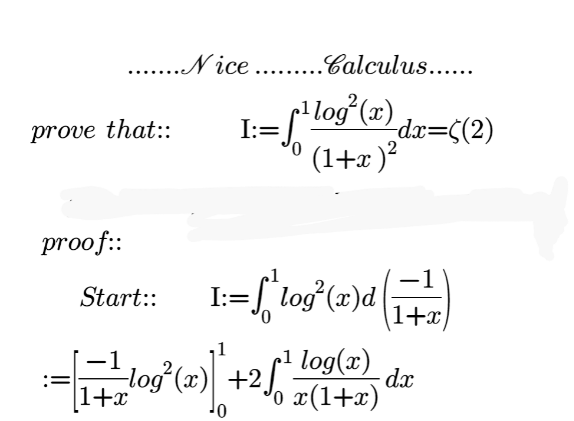
AllQuestion and Answers: Page 756
Question Number 143562 Answers: 0 Comments: 0

Question Number 143561 Answers: 3 Comments: 0
Question Number 143556 Answers: 0 Comments: 0
Question Number 143546 Answers: 1 Comments: 0
Question Number 143542 Answers: 0 Comments: 0
Question Number 143531 Answers: 1 Comments: 0
Question Number 143532 Answers: 1 Comments: 0
Question Number 143523 Answers: 1 Comments: 0
Question Number 143521 Answers: 0 Comments: 1

Question Number 143519 Answers: 3 Comments: 0
Question Number 143516 Answers: 2 Comments: 1

Question Number 143508 Answers: 3 Comments: 0
Question Number 143507 Answers: 1 Comments: 0
$$\mathrm{10}\sqrt{\mathrm{20}}+\mathrm{13}\sqrt{\mathrm{45}} \\ $$
Question Number 143506 Answers: 1 Comments: 0
Question Number 143505 Answers: 1 Comments: 1

Question Number 143501 Answers: 0 Comments: 0

Question Number 143502 Answers: 0 Comments: 0

Question Number 143499 Answers: 1 Comments: 1

Question Number 143514 Answers: 0 Comments: 1

Question Number 143495 Answers: 1 Comments: 0
Question Number 143493 Answers: 0 Comments: 1

Question Number 143491 Answers: 0 Comments: 1
Question Number 143488 Answers: 1 Comments: 0
Question Number 143487 Answers: 0 Comments: 0
Question Number 143481 Answers: 1 Comments: 3
Question Number 143477 Answers: 0 Comments: 0
$$\int_{\mathrm{0}} ^{\mathrm{1}} {e}^{\mathrm{2}{arctg}\left({t}^{\mathrm{2}} \right)} {dt} \\ $$
Pg 751 Pg 752 Pg 753 Pg 754 Pg 755 Pg 756 Pg 757 Pg 758 Pg 759 Pg 760
